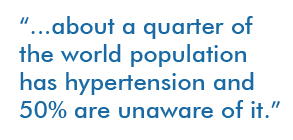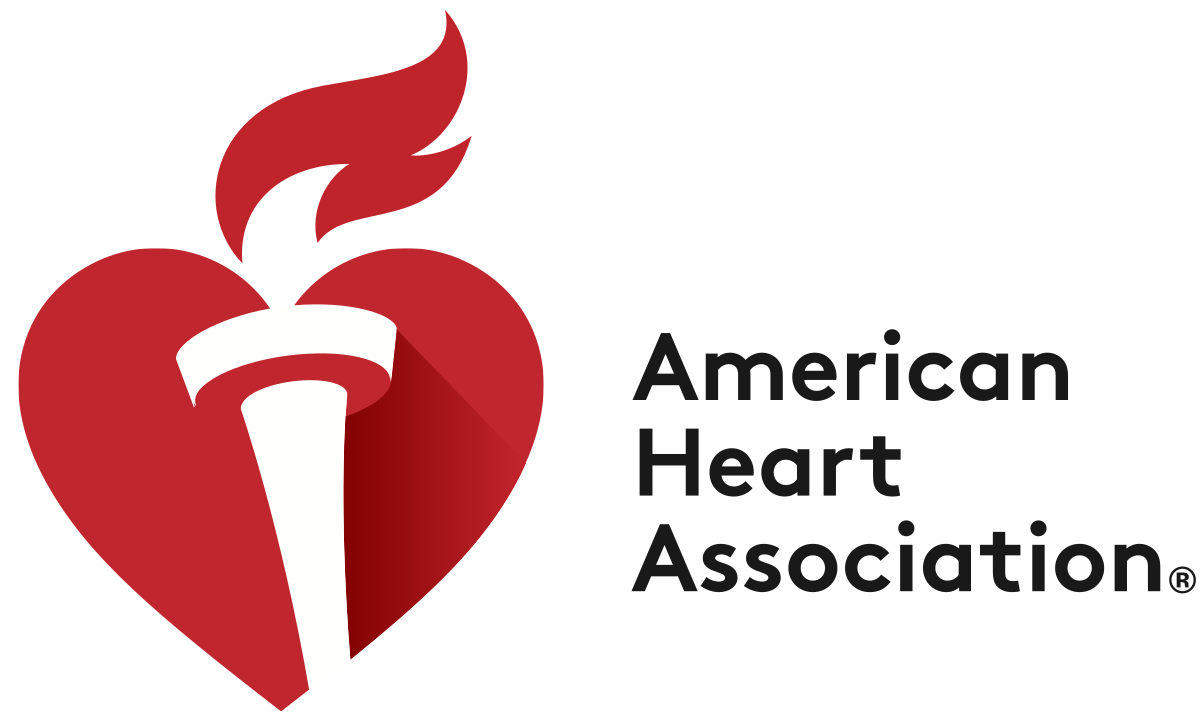![]()
Blog @ SunTech
Advice from the BP Measurement Experts
Report Indicates US Neglects Hypertension

The Institute of Medicine (IOM) released a report last week recommending strategies to address the "neglected disease" of hypertension in the US. Many people do not realize that high blood pressure is one of the leading causes of death in the US, and it is a risk factor for heart attack, stroke, and kidney failure. One in three US adults has hypertension, and less than half of them have it in control, resulting in an estimated cost of $76 billion in 2010.
A previous post identified that family practice physicians mistakenly overestimate the effectiveness of hypertension treatment, resulting in uncontrolled hypertension in treated patients. While this report specifically identifies the problems of hypertension in the US, the incidence and severity of hypertension are rising worldwide. The World Hypertension League, an umbrella organization of over 85 national hypertension societies, reports that about a quarter of the world population has hypertension and 50% are unaware of it. Rising obesity rates, unawareness of the severity of hypertension, and deficient treatment of the disease, combine to make hypertension a high priority public health focus area for improvement. Hypertension is easy to diagnose and inexpensive to treat, yet it remains a costly problem that is not under control.
The IOM report proposes strategies and policies to improve awareness and reduce risk of hypertension. The report specifically states, "Effective monitoring systems need to be in place to track progress in reducing the prevalence of hypertension and increasing the awareness, treatment,  and control of hypertension." The report generally focuses on ways to publicize risk reduction methods, but the reality is that the methods of identification and assessment of hypertension can be improved as well. As Stephanie Monk, Senior Product Manager at SunTech, mentions in a previous post, blood pressure changes constantly and several factors can affect blood pressure, so one or two readings in the physician office does not provide a complete assessment of a patient's blood pressure. Ambulatory blood pressure monitoring (ABPM), which provides a comprehensive assessment of a patient's blood pressure profile with 24-hours of data, should be integrated into a hypertension monitoring system as a tool to identify and effectively treat hypertension. Studies show that 15-20% of the population has white-coat hypertension, meaning their blood pressure is artificially inflated in the doctor's office, and an ABPM test to diagnose white-coat hypertension is reimbursable in the US. ABPM can also be used as an aid in the management of hypertension, specifically evaluating the efficacy of hypertension treatment. An ABPM report can identify if a patient's blood pressure is not in control at any point in the day, so that the physician can fine-tune the frequency, amount, and type of treatment. ABPM is a cost-effective tool for hypertension diagnosis and management and can easily be integrated into any practice. We must holistically address the costly disease of hypertension by not only increasing awareness of risk reduction methods but also improving identification and treatment of the disease.
and control of hypertension." The report generally focuses on ways to publicize risk reduction methods, but the reality is that the methods of identification and assessment of hypertension can be improved as well. As Stephanie Monk, Senior Product Manager at SunTech, mentions in a previous post, blood pressure changes constantly and several factors can affect blood pressure, so one or two readings in the physician office does not provide a complete assessment of a patient's blood pressure. Ambulatory blood pressure monitoring (ABPM), which provides a comprehensive assessment of a patient's blood pressure profile with 24-hours of data, should be integrated into a hypertension monitoring system as a tool to identify and effectively treat hypertension. Studies show that 15-20% of the population has white-coat hypertension, meaning their blood pressure is artificially inflated in the doctor's office, and an ABPM test to diagnose white-coat hypertension is reimbursable in the US. ABPM can also be used as an aid in the management of hypertension, specifically evaluating the efficacy of hypertension treatment. An ABPM report can identify if a patient's blood pressure is not in control at any point in the day, so that the physician can fine-tune the frequency, amount, and type of treatment. ABPM is a cost-effective tool for hypertension diagnosis and management and can easily be integrated into any practice. We must holistically address the costly disease of hypertension by not only increasing awareness of risk reduction methods but also improving identification and treatment of the disease.
References
AHA 2010 Stats: http://circ.ahajournals.org/cgi/content/abstract/CIRCULATIONAHA.109.192667v1
http://www.ncbi.nlm.nih.gov/pubmed/15652604
http://hyper.ahajournals.org/cgi/content/abstract/47/1/29
Interested in getting more SunTech news, product info, as well as
tips, tricks, and insights from BP experts?
Sign up to get fresh content delivered direct to your inbox.


